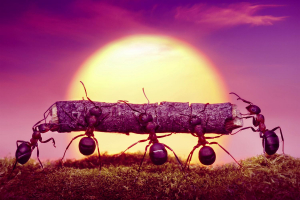Top 10 Common Things Originally Designed for Totally Different Purposes
When you MacGyver up an idea and use a home item in a way that wasn't intended, you can feel a real feeling of accomplishment. Since years ago, there has been ... read more...a thriving business of "hack" videos showcasing this. However, not everything is carried out in this amateurish manner. Many well-known products had very different purposes when they were first created, but they never really took off.
-
If you don't currently have a magnet on your refrigerator, there's a good chance you once did, or at the very least know someone who does. Specifically, one of those flat, ultra-thin magnets that are frequently utilised as promotional materials for companies. They are widely used by pizzerias to make it simple for customers to maintain phone numbers on hand.
They are inexpensive to create and special in that just one side of each one is magnetic. Everything we know about magnets, which states that they have opposing poles, is directly contradicted by this. And even though they make excellent advertisements, they were first intended for use in particle accelerators.
A Halbach array is what is used to describe these magnets. In order to focus laser, electron, and particle beams, physicist Klaus Halbach created these in the 1980s. They only have a substantial field on one side, and none on the other. This type of magnet is also also employed in applications such as maglev trains, which enable the train to effectively float on the single-sided magnetic field produced by the Halbach array.
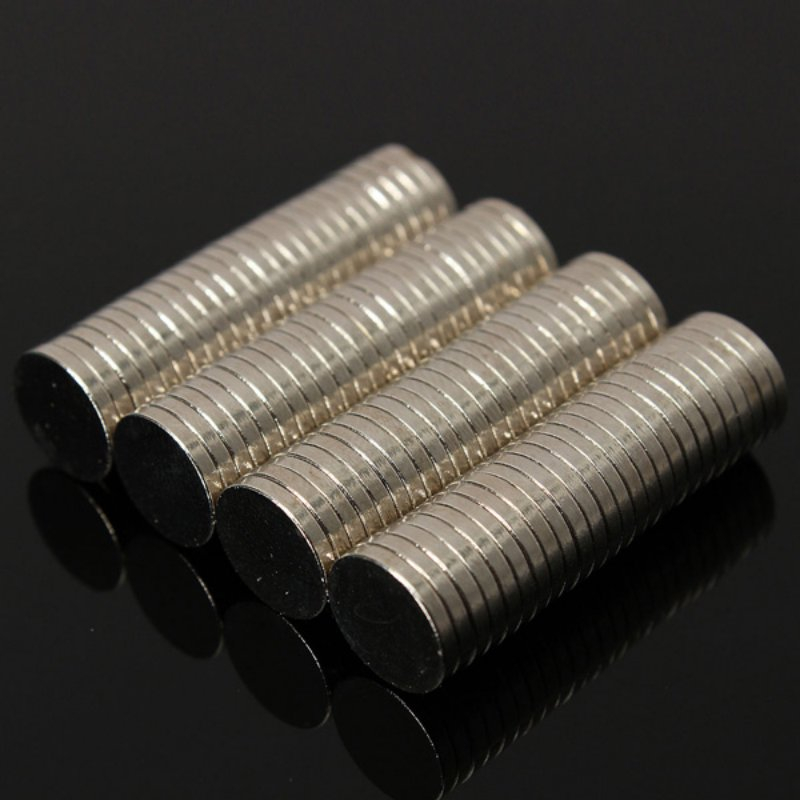
https://www.aliexpress.com 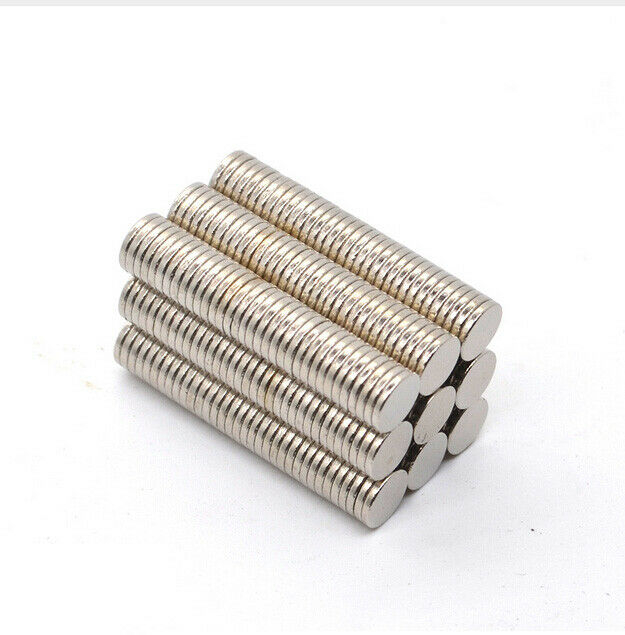
https://www.ebay.com -
You don't need to see any horror films to understand that the concept of mingling flesh with a chainsaw is unpleasant. They are ruthlessly effective tools that quickly chop down trees, thus it stands to reason that they would cause catastrophic harm to living tissue. Despite this, there was a time when chainsaws were used as medical equipment.
The first chainsaw was invented by two Scottish surgeons in the 18th century. One of the early purposes was to remove damaged bone, and while painful, that does seem plausible. Symphysiotomy was the other aim that was envisioned. To aid in birthing, the pelvic region has been widened in such way.
These early chainsaws were used to cut the pelvis apart when caesarean sections were not an option. The premise was essentially the same, even if the instruments were hand-cranked and much smaller than those a lumberjack might use. A small, knife-sized spinning saw was used to remove cartilage from the pelvic region, enlarging the area by a few centimetres to facilitate birthing.
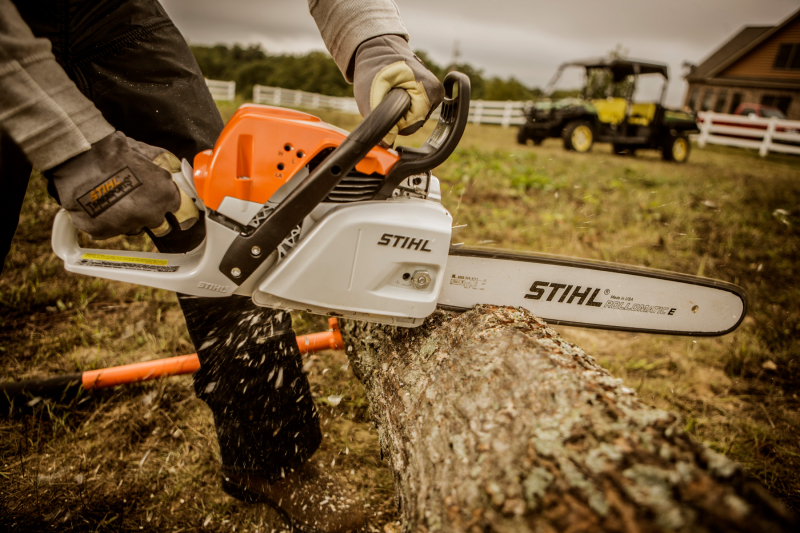
https://www.stihlusa.com 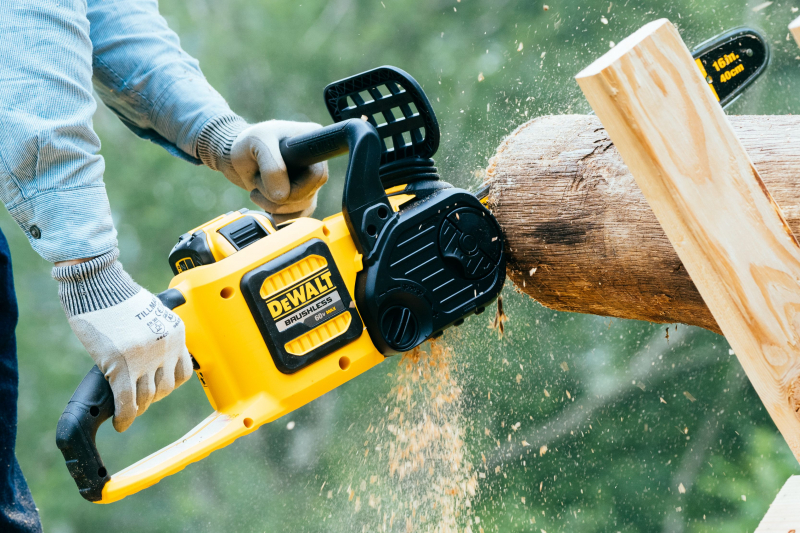
https://www.piczasso.com/ -
Despite being a distinct brand name, Kleenex is now so widely used that most people use the term to describe any tissue. The firm that manufactures Kleenex, Kimberly-Clark, generated $19.4 billion in revenue in 2021; the majority of their profits come from Kleenex as well as Huggies and Kotex.
Even though today everyone uses Kleenex to blow their noses, clean their glasses, and clean up accidents, the product actually had a completely different genesis. Before 1920, a product that was not yet known as Kleenex was used for many years to filter gas masks during World War One. Cellucotton was the brand name for the product, which was manufactured from wood pulp.
Since actual cotton was scarce at the time due to the need for it elsewhere in the war effort, the Kleenex product was both literally and figuratively a lifesaver. The crepe paper was then modified to make Kotex, which is still the brand name for feminine hygiene products today.
By 1924, the item was marketed as a cold cream and makeup remover under the brand name Kleenex. The corporation didn't come up with the concept to suggest Kleenex as a substitute for a handkerchief until 1929; if you're keeping score, this would make the fourth application for the product.
https://www.amazon.ca/ 
https://www.officesupply.com/ -
Thanks to the 56 various herbs that are included in the preparation, the German liqueur Jagermeister has a flavour all its own. It was created in 1934 and has emerged as a reasonably well-liked shot. There are a lot of people drinking it; seven million 9-liter cases of it were sold in 2020.
You're not mistaken if you've ever sipped Jagermeister and thought it tasted a little medicinal. When creating Jager, the drink's creators had no intention of changing college parties. It was initially developed as a cough suppressant and digestion help.
It wasn't until the 1970s that the beverage really gained popularity and acceptance, and at that point, individuals began consuming it for recreational purposes rather than for the intended medical purposes. Ironically, it's likely that Jagermeister has made much more people throw up as a result of excessive drinking than it has ever helped.
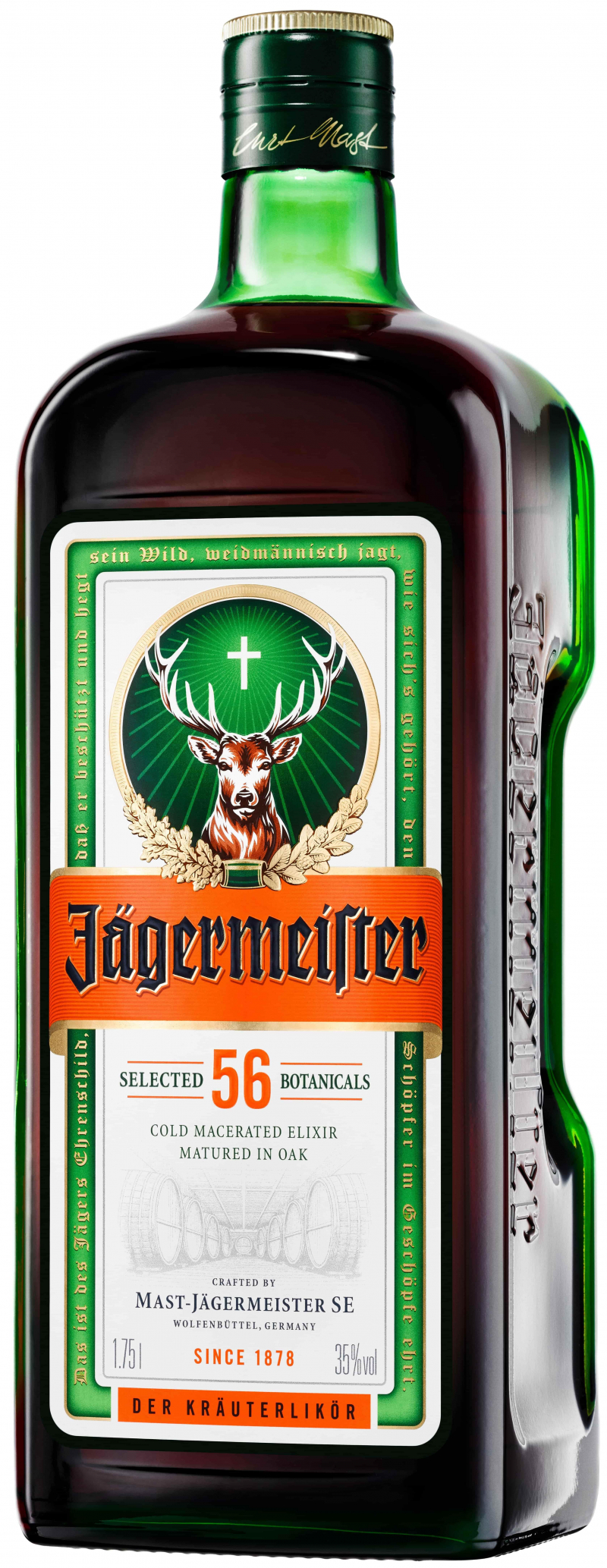
https://www.uvinum.com/ 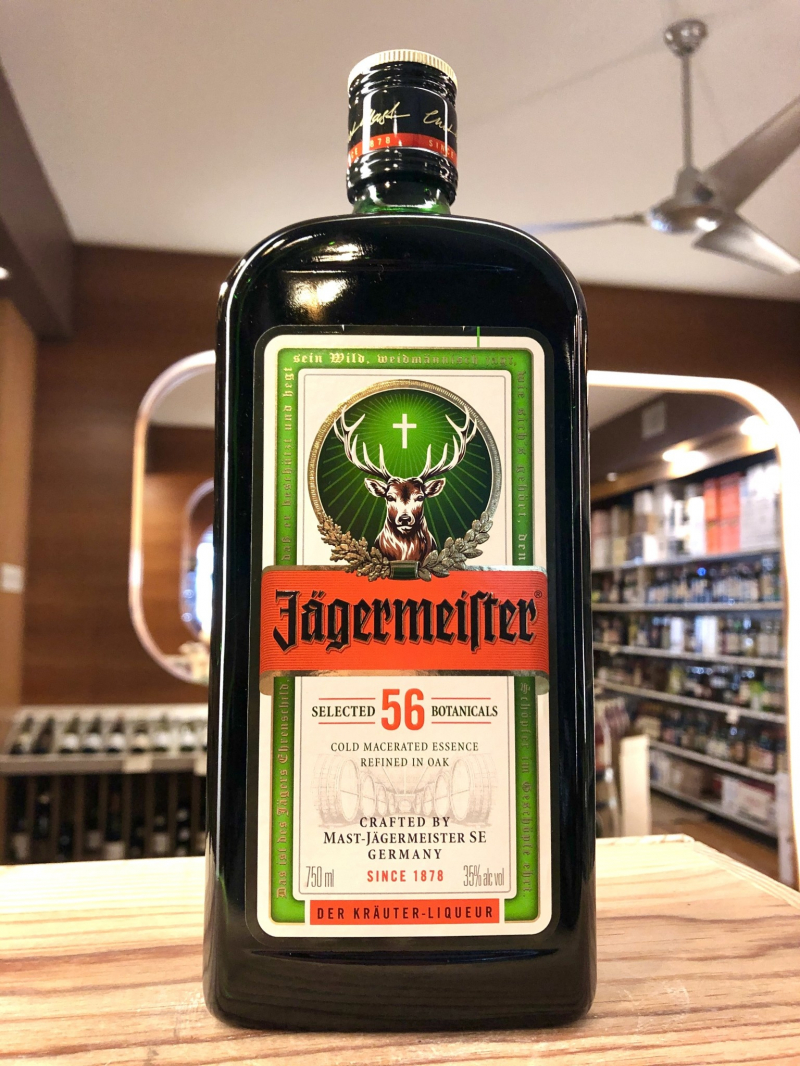
https://www.dtwine.com -
Chinese takeout containers are a common sight at restaurants across many global cities. The small, fold-out boxes with a teeny metal handle are practical and distinctive. However, they weren't made to contain your Kung Pow chicken in the first place.
The boxes' design was patented in 1894 by Frederick Weeks Wilcox. These merely represented a folded oyster pail, which was exactly what its name implied—a pail for oysters. The straightforward origami-style folding design allows some steam from hot food to escape. Chopsticks are typically used to eat straight from the container. It was affordable, portable, and leak-proof, which made it the perfect container for oysters and, consequently, the expanding Chinese food sector that was then taking off in America.
Although it occasionally appears in other Western nations including Australia, New Zealand, Germany, Poland, England, and Brazil, it is infrequent in China and other Asian nations with sizable populations of ethnic Chinese.

https://www.pinterest.com/ 
https://www.packaginglead.com/ -
In the US, Mountain Dew accounts for roughly 7% of annual soda sales. If all else is equal, that's pretty big. It was designed in 1932 with the intention of chasing moonshine whisky rather than being consumed on its own. The beer was created by two brothers who enjoyed moonshine, which was the preferred beverage in the Appalachians for discriminating drinkers.
Back then, whiskey and moonshine weren't always smooth drinks, especially when they were made by amateurs to get inebriated. The brothers wanted something to enhance their drinking experience a little smoother because at the time chasers were also very poorly made, hence Mountain Dew was conceived.
When the Hartman brothers sold Mountain Dew to the Marion, Virginia-based Tip Corporation, the modern soda was born. The previous version of Mountain Dew was a caffeine-free, lemon-lime-flavored, and clear beverage. But in order to increase sales, they gave it a facelift because it didn't look enticing to customers.
The narrative has been told in various ways. Bill Jones of Tip Corporation altered the recipe, and Bill Bridgeforth, plant manager of Tri-City Beverages, added Tri-City Lemonade to Mountain Dew to create a citrus-flavored variation.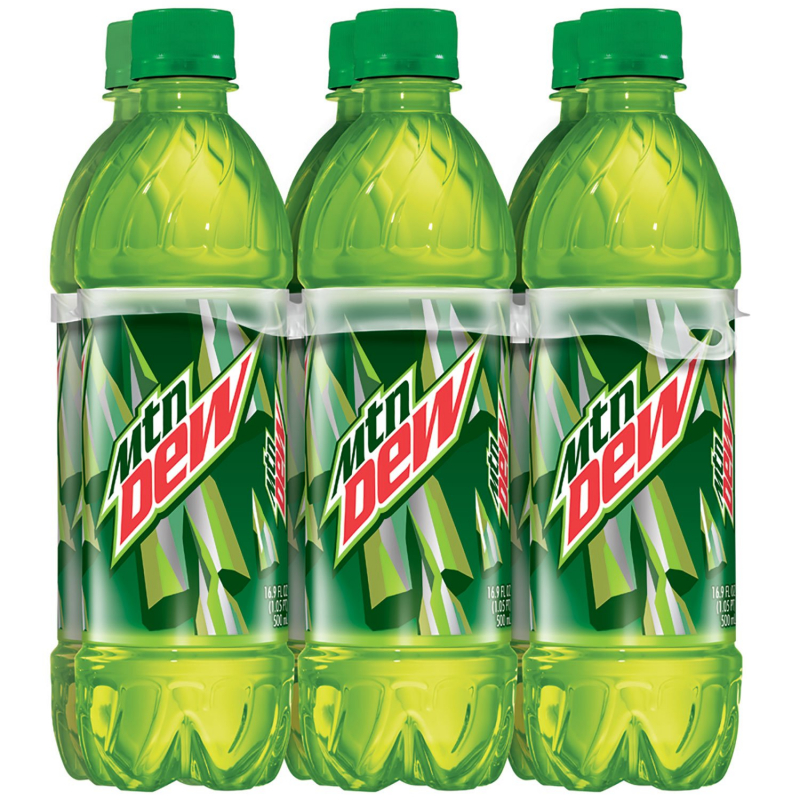
https://www.desertcart.ae/ 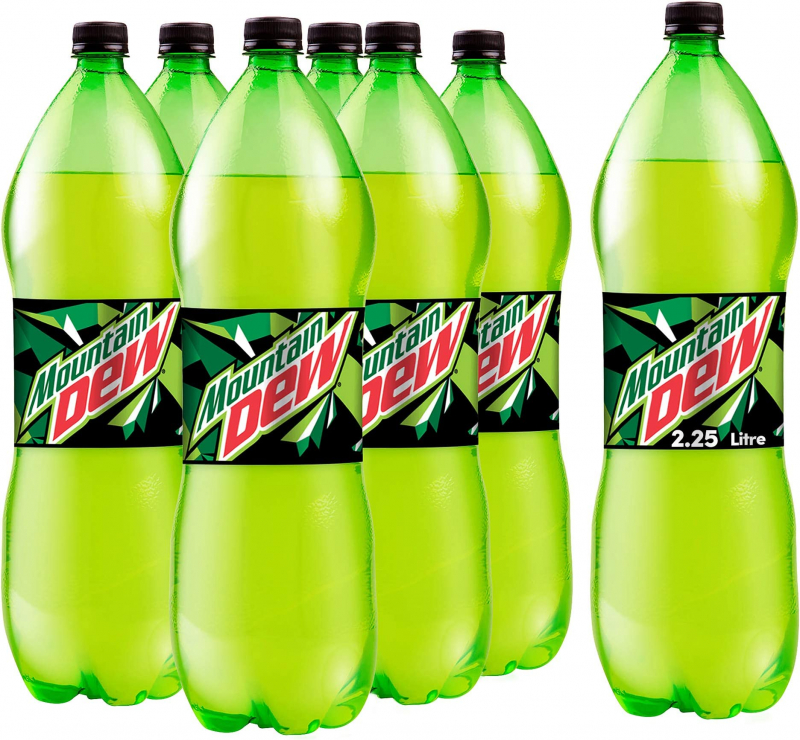
https://www.kanbkam.com/ -
You may be familiar with the well-known image of a zeppelin berthed at the Empire State Building that surfaced on the internet a few years ago. The image is a fake, and the accompanying narrative frequently says that a docking station was originally planned but never implemented since it was deemed impracticable.
However, a mooring mast that was reportedly installed as part of a plan to make the structure taller than the Chrysler building added an additional 200 feet to the building's original height. This incident occurred in 1929. Therefore, the concept was only ever intended as a publicity hoax. Except that it only happened once.
In 1931, despite gusts of 40 miles per hour, a privately owned blimp sailed up to the mooring station and docked for three minutes. It was the first and only zeppelin to land there, proving that the spire on top of the building is indeed a docking station even if it was never used again.

https://www.core77.com 
https://insightfromleticia.blogspot.com -
The Rubik's Cube was created by Erno Rubik in 1974, but it was never meant to become the popular puzzle it is today. The most of his life had been devoted to architecture, and Rubik was a bit of an oddball. Though he was also an inventor, his areas of competence were architecture and education.
While some accounts describe Rubik's search for a tool to educate his students how to interact with three-dimensional things and you can even read this explanation on his Wikipedia page, Rubik disagrees.
Rubik himself stated in an interview that while he did show his students the cube, he didn't make it specifically to instruct them in anything. He created it for himself as a tool to help him visualise a structural issue. He was interested in learning how to move the individual blocks of the cube without causing the entire structure to crumble since he appreciated geometric shapes.
It was never intended to be a toy or game; rather, it was for his own interest. To make it simpler to monitor his progress, he added coloured squares, but when he mixed it up, he realised he had made a puzzle that would be exceedingly challenging to solve.
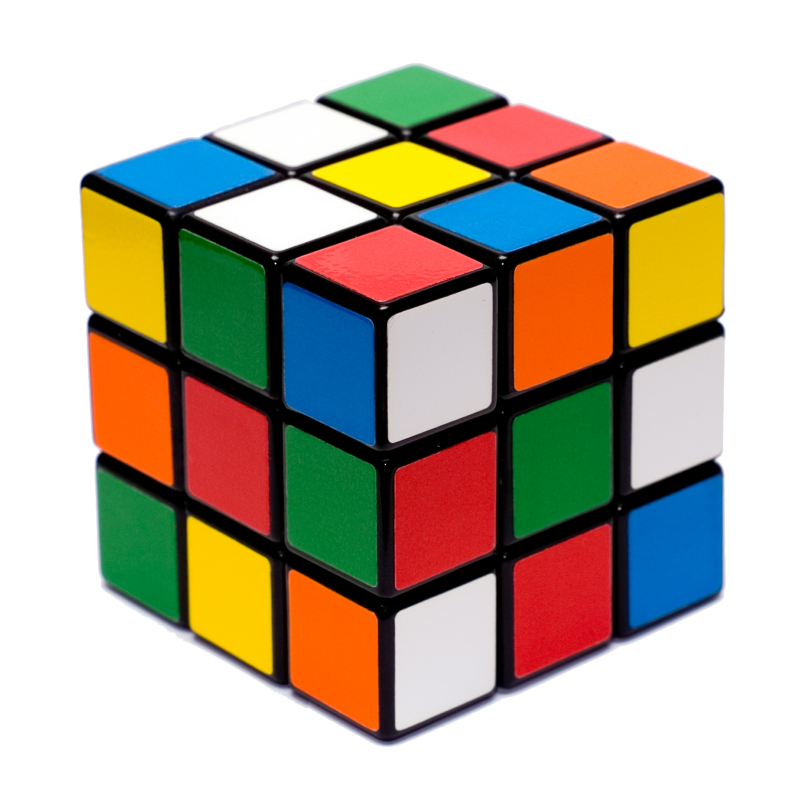
http://www.shopclues.com/ 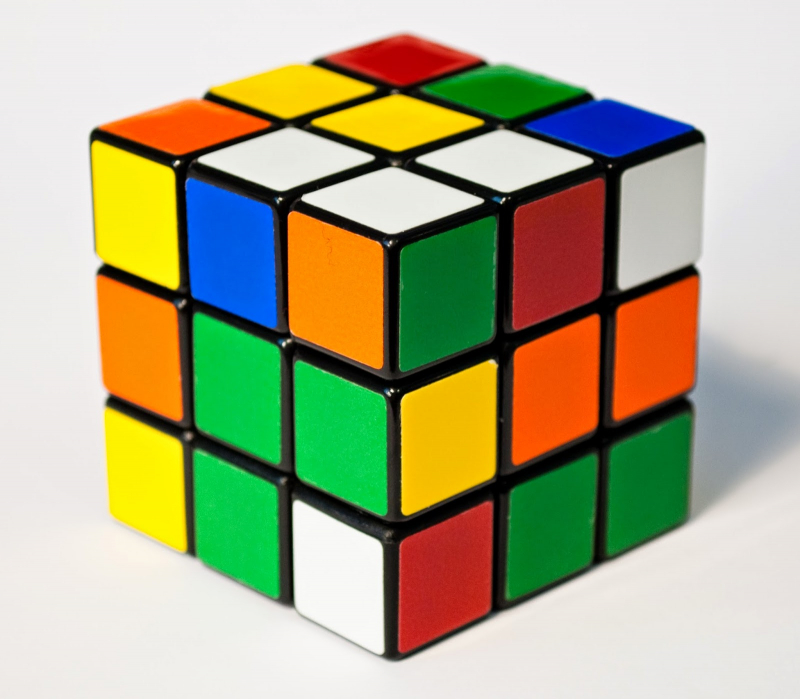
http://robvogt80s.blogspot.com -
Even if the phrase "Muffler Man" may not be widely known, you probably already know what it means. Huge fibreglass statues of men can be found all over America, luring tourists to roadside attractions, diners, tourist traps, and occasionally muffler shops. Nearly all of them were created by the same manufacturer, International Fiberglass, and they all began to appear in the 1960s and persisted in popularity until the 1970s.
Paul Bunyan served as the model for the majority of the statues that became popular across the nation. These 22-foot tall creatures may have had their beards filled in or had new chests added, but when they were first conceived, they were all the same lumberjack.
For a petrol station in Las Vegas, the company created a Paul Bunyan, and the owner was featured in a trade publication where she was reported as saying that as a result, her sales increased by a factor of two. This encouraged other companies to fund their own giants. Some were even transformed into women while others became cowboys. There are still a few dozen dispersed over the nation, despite their rarity nowadays.
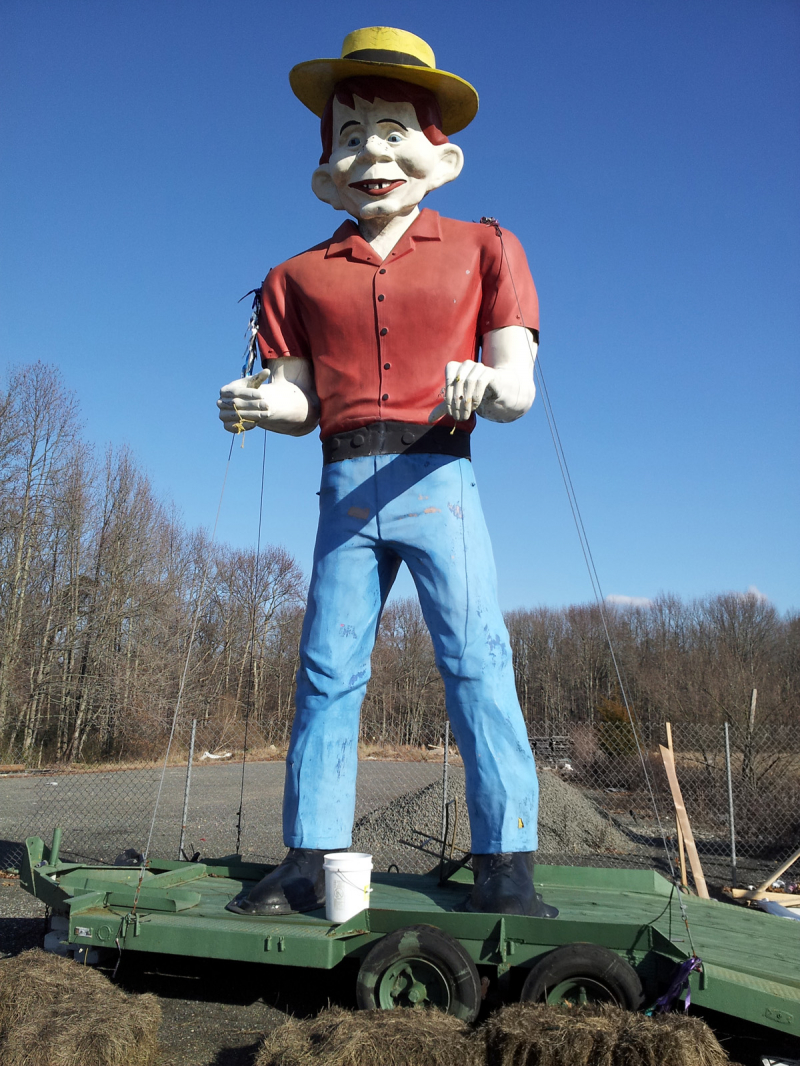
http://www.riding-the-usa.com/ 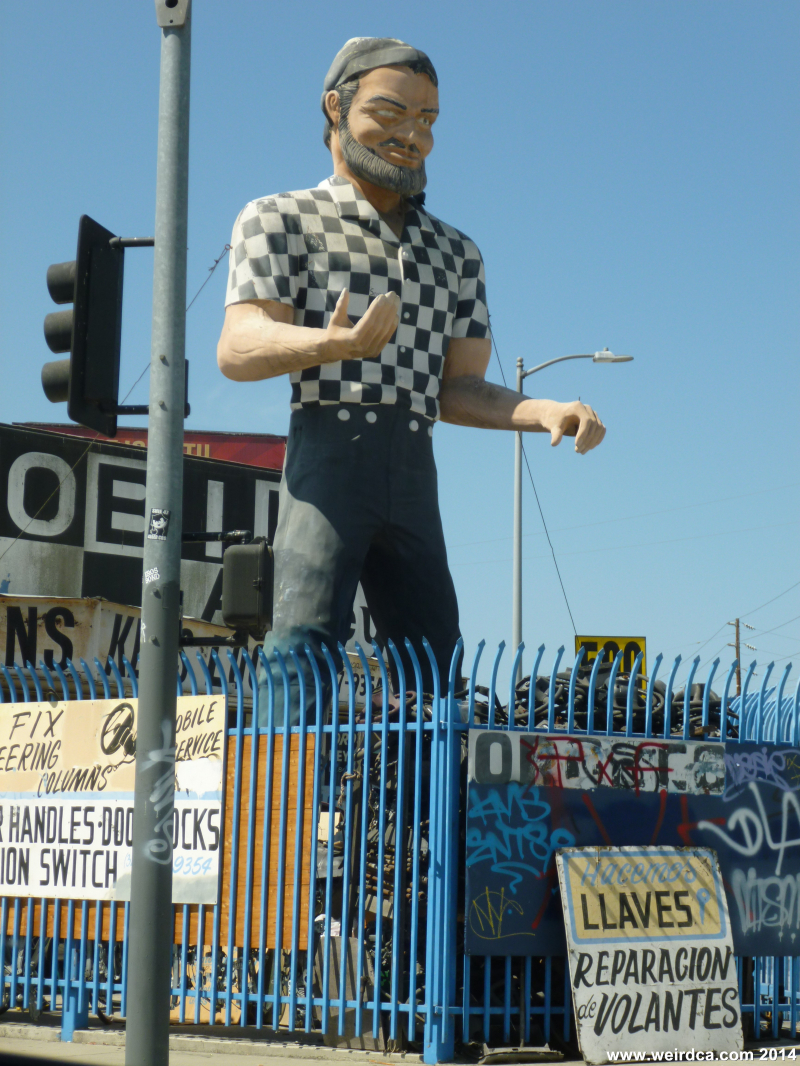
http://www.weirdca.com/ -
Is there a product as entertaining but weirdly pointless as Silly String? The vibrant goo strands provide excitement to any celebration or gathering, yet the item has no useful use. Because of this, it's possibly not surprising to hear that it wasn't created primarily for playing practical jokes on pals and creating messes. When it was initially formed, it served a legitimate and maybe significant purpose.
The Silly String composition was originally developed in 1972 by a chemist and an inventor as a spray-on cast. The goal was to create a cast that would instantly surround a shattered bone and flawlessly conform to the patient's limb. And it was successful.
Even though they are not very common, spray casts are nonetheless a reality. However, as they were experimenting, they discovered that one of their nozzles caused the chemical to fly out in a strong jet, which they thought was amusing. So they changed the chemical formula to make it funnier and less like a cast, and thus Silly String was created.
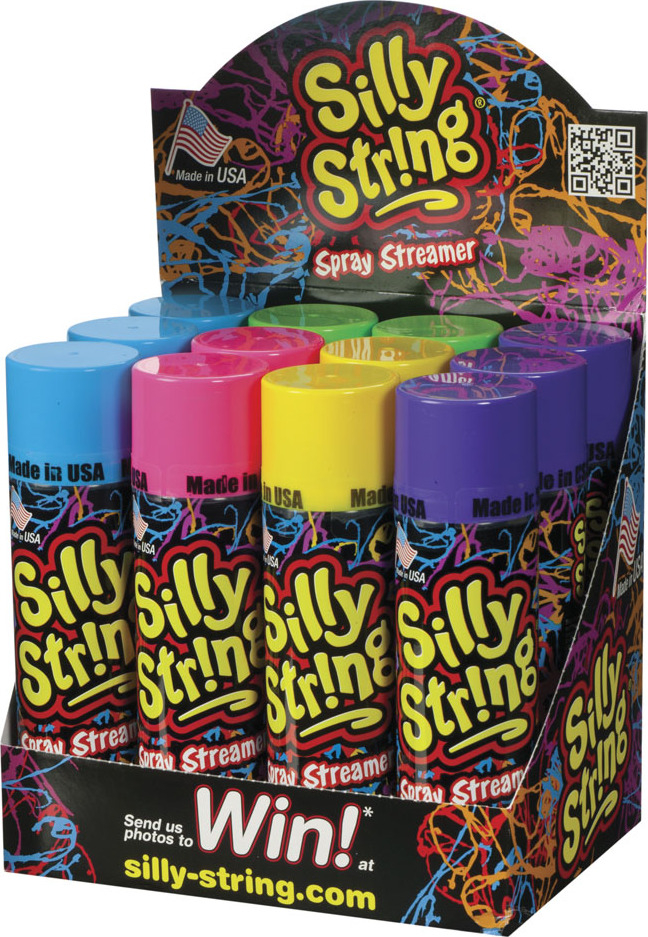
http://www.homewoodtoy-hobby.com 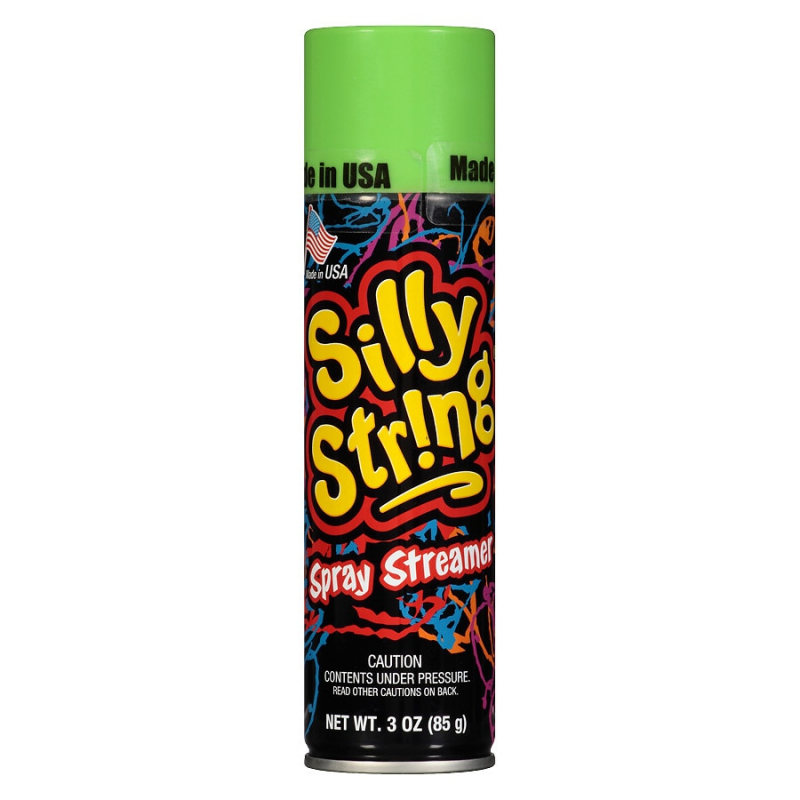
http://www.walgreens.com/













